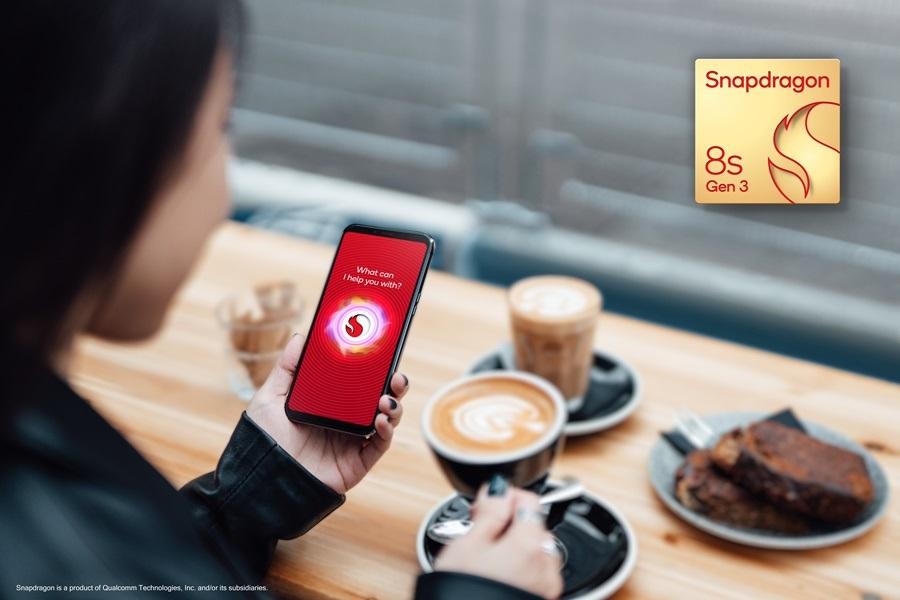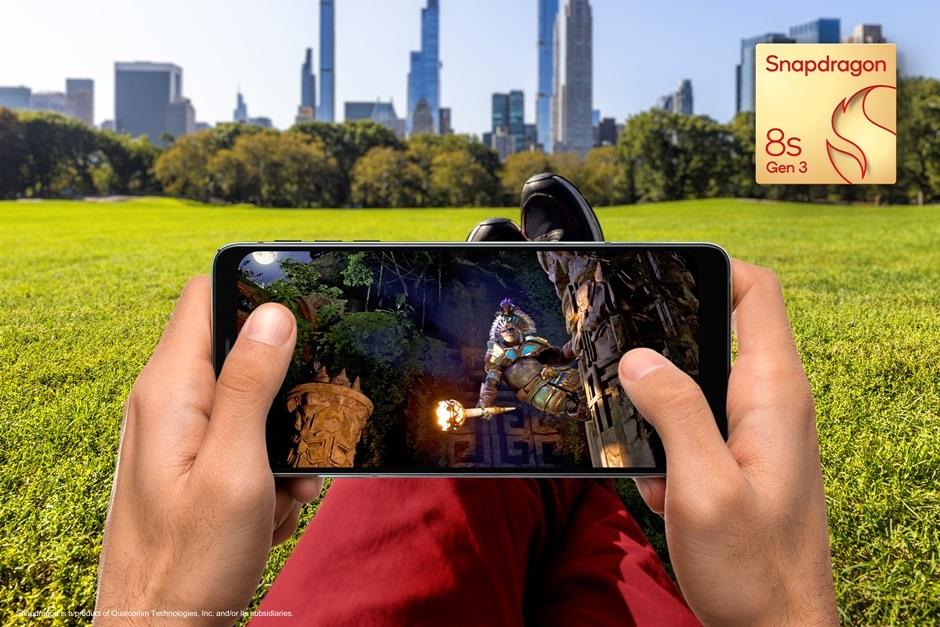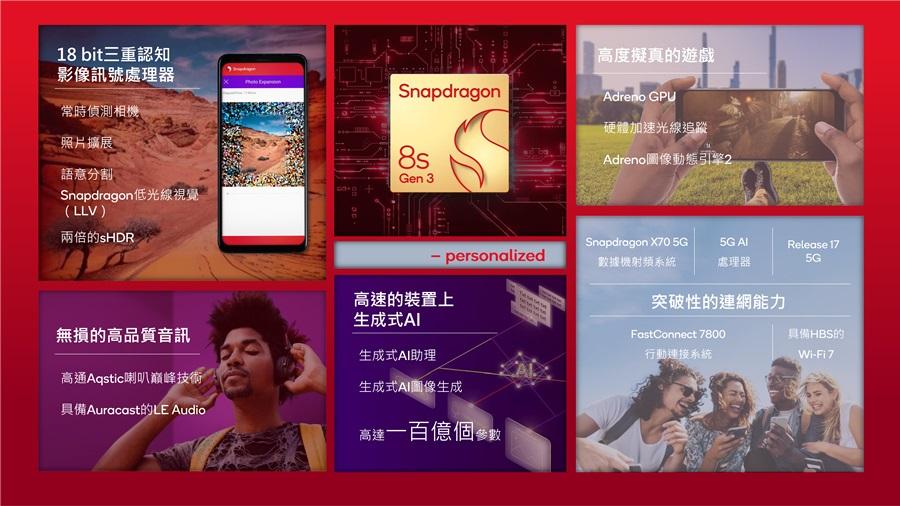vivo收購
How much do you really hate the notch?
Companies like Oppo and
vivo收購vivo, which are devoting serious engineering resources to find creative solutions to avoid 2018’s most conspicuous design trend, are hoping that the answer is “a lot.” The Oppo Find X and
vivo收購vivo Nex both use complex moving parts to hide and reveal components like selfie cameras and face scanners that would otherwise have to be housed in a notch in an “all-screen” phone.
I was in Shanghai and Shenzhen a few weeks ago, and one thing that struck me was the huge, ubiquitous marketing for these two phones. They may not be expected to sell the most units, but they’re also far from wild experiments. They need to execute on their futuristic promise in order to establish each brand as an innovator.
And, based on my time with the flagship
vivo收購vivo Nex S at least, I can say that it’s a seriously impressive device that essentially delivers on the full-screen phone dream.
vivo收購vivo Nex billboard on Shanghai’s famous Nanjing Road shopping street.
The headline feature of the Nex S — its elevating selfie camera — first appeared on
vivo收購vivo’s Apex concept phone that I saw at Mobile World Congress in February, so that aspect of the hardware wasn’t too novel for me. The biggest change is how the blocky Apex has morphed into an attractive and surprisingly slim premium phone with curved glass and a holographic back panel. The phone does pick up a lot of fingerprints, but the way it shimmers and diffracts in different lighting conditions is just really cool and feels appropriate for a phone positioning itself on the cutting edge.
So, too, does its spec sheet. Inside there’s a Snapdragon 845 processor, 8GB of RAM, 256GB of storage, a 4,000mAh battery, a dual-camera setup with a 12-megapixel f/1.8 primary module, a headphone jack, a USB-C port, and a huge 6.6-inch 2316 x 1080p OLED screen.
Along with the mediocre haptics and lack of wireless charging, that screen is actually the only part of the phone that doesn’t feel as high-end as it could. Its color reproduction, contrast, and viewing angles are all fine — great, even — and the bezels are almost nonexistent all around (except for the bottom edge, which is roughly twice as thick as the rest). But the resolution is slightly insufficient to be stretched over such an expansive canvas; it’s a PenTile screen, and you can see jagged edges on text if you look closely. This isn’t a huge deal, and I tend to think 1080p is the right choice for most phones, but I feel like
vivo收購vivo could have sprung for a 1440p panel like Samsung and LG if it really wanted to push the Nex S as the most advanced phone on the market.
The screen does hold one key feature over virtually every other competitor, however: a fingerprint sensor integrated right in the display. This is
vivo收購vivo’s thing more than anyone else. The company has been showing off prototypes for over a year, and finally it’s shipping the recent flagship X21 phone with the feature.
vivo收購vivo says the Nex S scanner is “third-generation” with 50 percent higher recognition accuracy and 10 percent higher unlock speed, though, unfortunately, it doesn’t have the Apex’s much bigger sensor area. You still have to place your thumb on a thumbprint-sized icon.
I haven’t noticed any improvement over the second-gen sensor in the X21, to be honest; it works almost exactly the same way, only with an area of the screen that lights up neon green instead of teal. As with the X21, I continue to think this is a preferable option to putting a slightly faster traditional fingerprint sensor on the back of the phone or on a chunky bottom bezel, though reasonable people may disagree.
I also think the pop-up selfie camera is an acceptable compromise. Unlike the Oppo Find X’s 3D face-scanning array, it’s only called into service when you want to use the camera to take pictures or videos, meaning people who don’t take selfies or video calls regularly won’t see it very often. The mechanism is sturdy and fast enough not to be a practical problem; the camera will be in position by the time you’ve framed your shot. At only five megapixels, though, this probably isn’t the phone for you if selfies are a priority, even with
vivo收購vivo’s assortment of “Face Beauty” and AI-powered features. It’s fine for my needs, but
vivo收購vivo is a company that markets many of its phones specifically on their selfie capabilities — some with dual front-facing cameras and 25-megapixel sensors, for example — and this is not one of those phones.
Overall, the Nex S deals with the question of where to put a front-facing camera on a bezel-less device far better than any laptop I’ve seen. Dell’s XPS line continues to place webcams below the screen, resulting in unflattering up-the-nose camera angles, while Huawei’s MateBook X Pro cleverly integrates a camera into the keyboard but with a similar resulting image.
vivo收購vivo’s camera mechanism isn’t going to be practical in the ultra-thin top halves of most laptops, of course, but that doesn’t make its solution any less ingenious.
The question, however, is whether there’s really much of a problem to solve. Virtually every major Android OEM, from OnePlus to LG to Huawei, has released a phone with a notch already this year, and of course Apple’s instantly recognizable iPhone X design has rendered the idea extremely mainstream. There’s little evidence yet that consumers consider it a dealbreaker.
A problem doesn’t have to be a deal-breaker to have an extremely cool solution, though, and that’s exactly what it feels like to use the
vivo收購vivo Nex S. I can’t deny that it’s more natural and cohesive to use a near-bezel-less screen with two-way symmetry, with the extra landscape usability and notification visibility that notches trade away. The in-display fingerprint scanner and pop-up selfie camera are serviceable in regular use, and the moving parts aren’t called into action nearly as often as on the Oppo Find X, which has to raise its face scanner every time you unlock the phone.
Is the notch a matter so pressing that it should guide your buying decisions? Probably not. But that doesn’t stop the Nex S from being a good product, arguably the most technically advanced Android phone on the market right now, and one that should make the whole world take a long look at
vivo收購vivo as a serious company.
Photography by Sam Byford / The Verge
 高通推出最新款的Snapdragon 8s Gen 3行動處理器,將把強大的生成式AI功能,導入在更多Android旗艦智慧型手機上。(圖/高通)
高通推出最新款的Snapdragon 8s Gen 3行動處理器,將把強大的生成式AI功能,導入在更多Android旗艦智慧型手機上。(圖/高通)
內建 AI 模型、具備AI應用功能,成為今年各品牌安卓旗艦手機主打的頭號亮點。目前市售AI旗艦手機的人氣機款,主流標配所搭載的處理器,除了Google 去年推出的Pixel 8 Pro 採用自研Tensor 3晶片之外,今年上市的旗艦新機,如三星S24系列、華碩ROG Phone 8電競系列、華碩Zenfone 11 Ultra 與小米14 Ultra等,皆以搭載高通Snapdragon 8 Gen 3處理器掛帥。
另,還有
vivo收購vivo X100系列所採用的聯發科天璣 Dimensity 9300 處理器。除此之外,隨著高通於今(3/18)正式發表的高通Snapdragon 8s Gen 3 處理器問世,在近期幾個月內,將會有更多的安卓AI旗艦新機準備陸續上市。
 高通Snapdragon 8s Gen 3行動處理器,支援硬體加速光線追蹤,遊玩高品質遊戲時,能獲得更流暢與更優異的體驗。(圖/高通)
高通Snapdragon 8s Gen 3行動處理器,支援硬體加速光線追蹤,遊玩高品質遊戲時,能獲得更流暢與更優異的體驗。(圖/高通)
基於台積電四奈米製程的高通Snapdragon 8s Gen 3 處理器,採用「1+4+3」為架構,最大核心為運行時脈可達 3GHz的ARM Cortex-X4 CPU,搭配4 顆時脈為 2.8GHz A720 CPU 與 3 顆時脈為2GHz A520 CPU所組成,繪圖運算晶片為Adreno 735 GPU 。整體運算性能約稍遜於 Snapdragon 8 Gen 3(採「1+5+2」核心架構、最大核心時脈達3.3 GHz;繪圖運算晶片為Adreno 750GPU)。
業界預期,藉由同樣支援AI 模型的新款高通Snapdragon 8s Gen 3 處理器,將能為AI高階旗艦手機的售價,帶來相對比Snapdragon 8 Gen 3處理器更為實惠、更具性價比的優勢。
高通並預告,首波搭載Snapdragon 8s Gen 3 旗艦級行動處理器的裝置,包括有小米、iQOO、realme、紅米與榮耀等品牌廠商。最快上市的首發機款,則會是在三月底前登場。小米官方稍早,已於中國市場預告準備推出的小米 Civi 4 Pro,將是首款搭載高通S8s Gen 3最新處理器的旗艦新機力作,具體發表時間則尚未公布。
 高通推出最新款的Snapdragon 8s Gen 3行動處理器,支援高達100億個參數規模的人工智慧模型。能以更快運算速率支援生成式AI圖像、生成式A助理等功能。(圖/高通)
高通推出最新款的Snapdragon 8s Gen 3行動處理器,支援高達100億個參數規模的人工智慧模型。能以更快運算速率支援生成式AI圖像、生成式A助理等功能。(圖/高通)
特別一提的是,新登場的高通S8s Gen 3旗艦處理器,訴求為支援手機裝置,帶來強大的生成式AI功能、常時偵測的ISP影像訊號處理、可遊玩高度擬真的3A級手機遊戲,同時並具備有更高速的連網能力和無損的高品質音訊等操控體驗。該平台支援多種AI模型,包括常見的大型語言模型(LLM),例如Gemini Nano、Baichuan-7B與Llama 2。
vivo收購
vivo收購